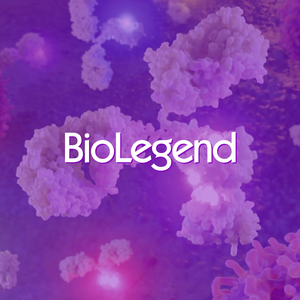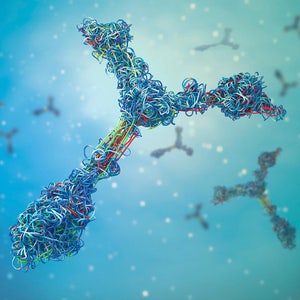Interest in organoids has increased dramatically over the past decade, driven by their remarkable ability to self-organize into complex structures that closely resemble their biological counterparts. These miniature 3D organ-like tissues are typically generated from stem cells or biopsy samples, facilitating the production of a variety of organoids, including those that mimic the intestine, brain, kidney, and lung.
With tissue morphologies, cell-signaling processes, and functions that closely mirror those of their corresponding organ, organoids have found utility in numerous applications ranging from drug discovery to the development of individualized therapies. Their complex structures enable scientists to study disease mechanisms and test drug efficacy and toxicity, supporting the research and development of promising therapeutics and personalized medicines for a wide range of diseases.
While organoids are showing great potential, their widespread adoption is currently hindered by several challenges. These include a lack of standardization in production methods and quality control measures—something that Dr. Nathan Gödde, manager of the Australian Organoid Facility, hopes to address. “Quality systems that are specific for organoid production are just not universally established yet,” he remarks. This can lead to inconsistent results, high costs, and unpredictable variations in organoid form and function across different production batches, experiments, research groups, and companies.
Addressing the standardization challenge
The Australian Organoid Facility, which is based at the University of Queensland, is leading efforts to establish standardized practices for organoid research. The team aims to provide researchers with innovative and "off-the-shelf" organoid models for basic, translational, and contract research. “We are investing early on to have well-standardized tissue models that can be easily accessible with known quality parameters,” explains Dr. Gödde. By focusing on standardization and characterization, the facility hopes to generate organoids with consistent morphologies, cellular compositions, and relevant cell signaling cascades—fundamental requirements for reproducibility.
Through the adoption of minimum quality standards, optimized media formulations, growth conditions, and standardized naming conventions, Dr Gödde hopes that organoid research can overcome the significant standardization shortcomings that currently hinder its progress.
Automating organoid production
In addition to standardization, automated technologies are proving essential for advancing organoid research. Organoid production can be tedious and time-consuming, requiring extended growth periods, frequent and costly media exchanges, and time-intensive optimization processes. To address these challenges, the Australian Organoid Facility has introduced automated systems to streamline these processes, enabling researchers to investigate, optimize, and characterize organoids and their production protocols at scale.
One key advantage of automation is the ability to employ techniques like Partial Factorial Design of Experiments, which allow for the simultaneous study of the impacts of multiple factors on organoid growth and development. This approach can speed up the optimization process while sidestepping unforeseen issues that can arise by combining individually optimized factors.
Automated systems can also be paired with high-content analysis platforms and AI-powered machine learning, which can help identify individual organoids that may fail during development. According to Dr. Gödde, this predictive capability can lead to further efficiency and cost savings. In addition, the team currently images their growing stem cells daily, helping to identify desired phenotypes label-free and without staining. By integrating high-content analysis and machine learning with automated imaging, the Australian Organoid Facility aims to streamline the optimization process and quickly assess the impacts of multiple factors on organoid growth and development.
Doing more with less
At Revvity, our goal is to empower labs to “do more with less” by providing systems and processes that enable workflow automation, precise experimentation, reduced hands-on time, and improved decision-making. As Dr. Mathilde Cordellier, Senior Application Scientist Automation at Revvity, explains: “The modular design of our automation solutions provides researchers with the flexibility to customize systems according to their needs.”
Beyond providing automated solutions, Revvity also offers software to further streamline workflows. For example, the ‘plate::works’™ scheduler organizes workflows, coordinates devices to run multiple processes simultaneously, allows users to control multiple robots, facilitates offline work, and offers built-in project management tools.
Conclusion
While the barriers to widespread adoption and implementation of organoids are not trivial, the combined efforts of researchers, centers like the Australian Organoid Facility, and technology providers like Revvity are helping to push forward the field of organoid research. By establishing standardized practices and integrating advanced automation technologies, the organoid field can overcome current hurdles and progress toward future discoveries.
To learn more about navigating these challenges and the development of innovative solutions to scale up, standardize, and achieve greater biological insights, watch our webinar on upscaling organoid research.
For research use only. Not for use in diagnostic procedures.










































